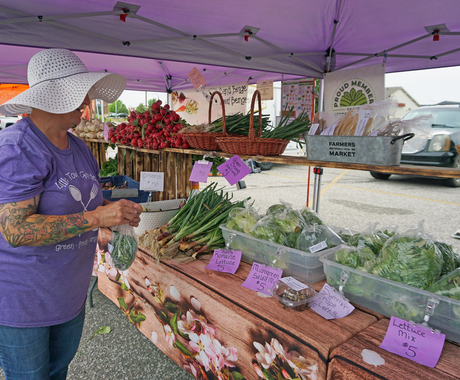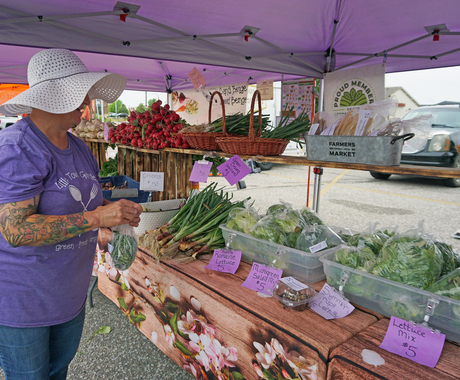Rhea Landholm, brand marketing and communications manager, rheal@cfra.org, 402.687.2100 ext. 1025
LYONS, NEBRASKA - Consumer demand for organically-produced goods is growing across the U.S., with organic sales accounting for more than 4 percent of total food sales.
The Center for Rural Affairs takes a look at this expanding industry in Iowa, Kansas, and Nebraska, with three fact sheets, “Organic agriculture: consumer demand and economic opportunity” released today.
“Demand for organic food is growing so fast that consumer demand is outstripping some domestic supplies,” said Cora Fox, Center for Rural Affairs policy program associate. “The U.S. spends more than $1 billion per year to import organic food, according to the U.S. Department of Agriculture. This leaves much opportunity for Midwest farmers to enter the organic market and benefit from increased price points.”
Several farm bill programs support the organic agriculture economy including National Organic Certification Cost Share Program, Conservation Reserve Program (CRP) – Transition Incentives Program, and Value-Added Producer Grants Program. The current farm bill expires on Sept. 30, 2018, and lawmakers are currently working on a new farm bill.
“Organic agriculture offers an important economic opportunity for many rural farmers and ranchers, particularly during times of low prices,” Fox said. “However, the cost of certifying can be prohibitive for some. The House Agriculture Committee has proposed to zero out the National Organic Certification Cost Share Program, which offers farmers and ranchers support for that certification cost, allowing farmers and ranchers to access the higher income stream from selling organic products.”
House legislators have also proposed to eliminate the Value-Added Producer Grants Program, which provides a path for farmers and ranchers to diversify their income streams. Organic production is an eligible value-added activity.
For more information, and to view the fact sheets, visit cfra.org/publications.



